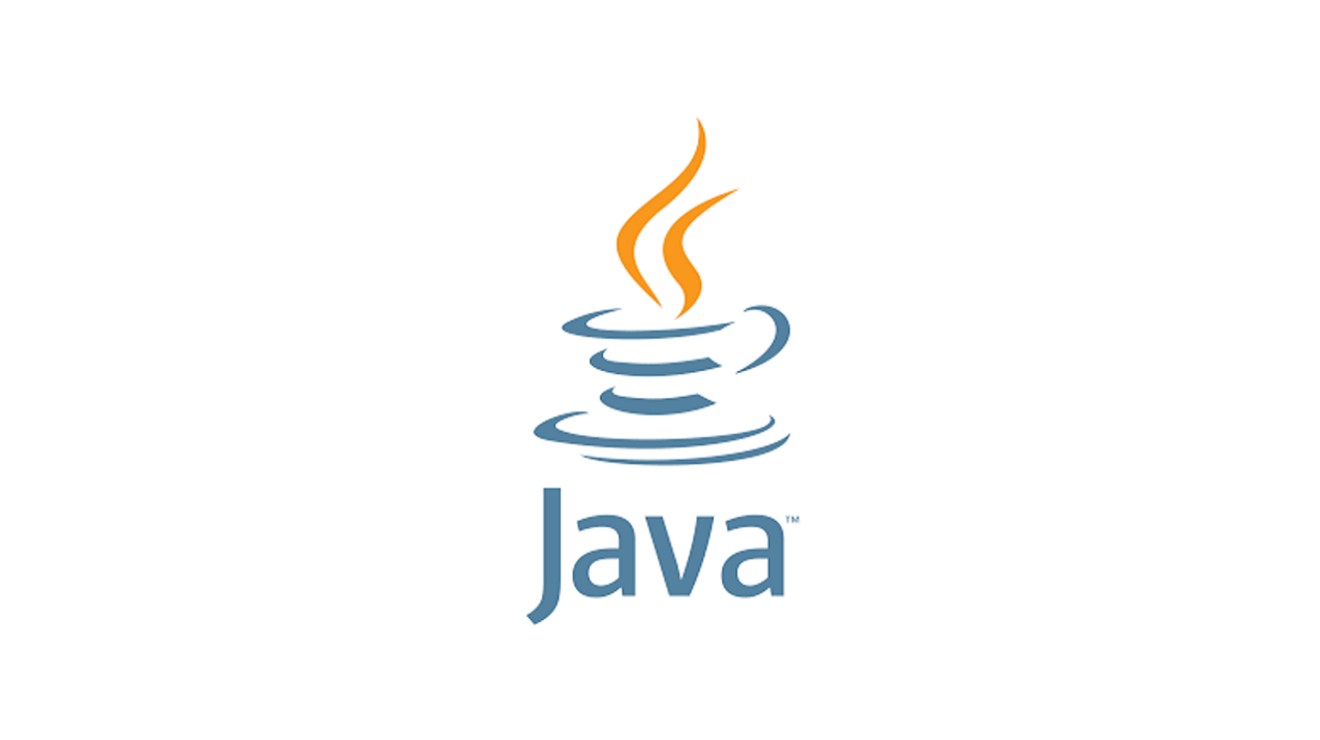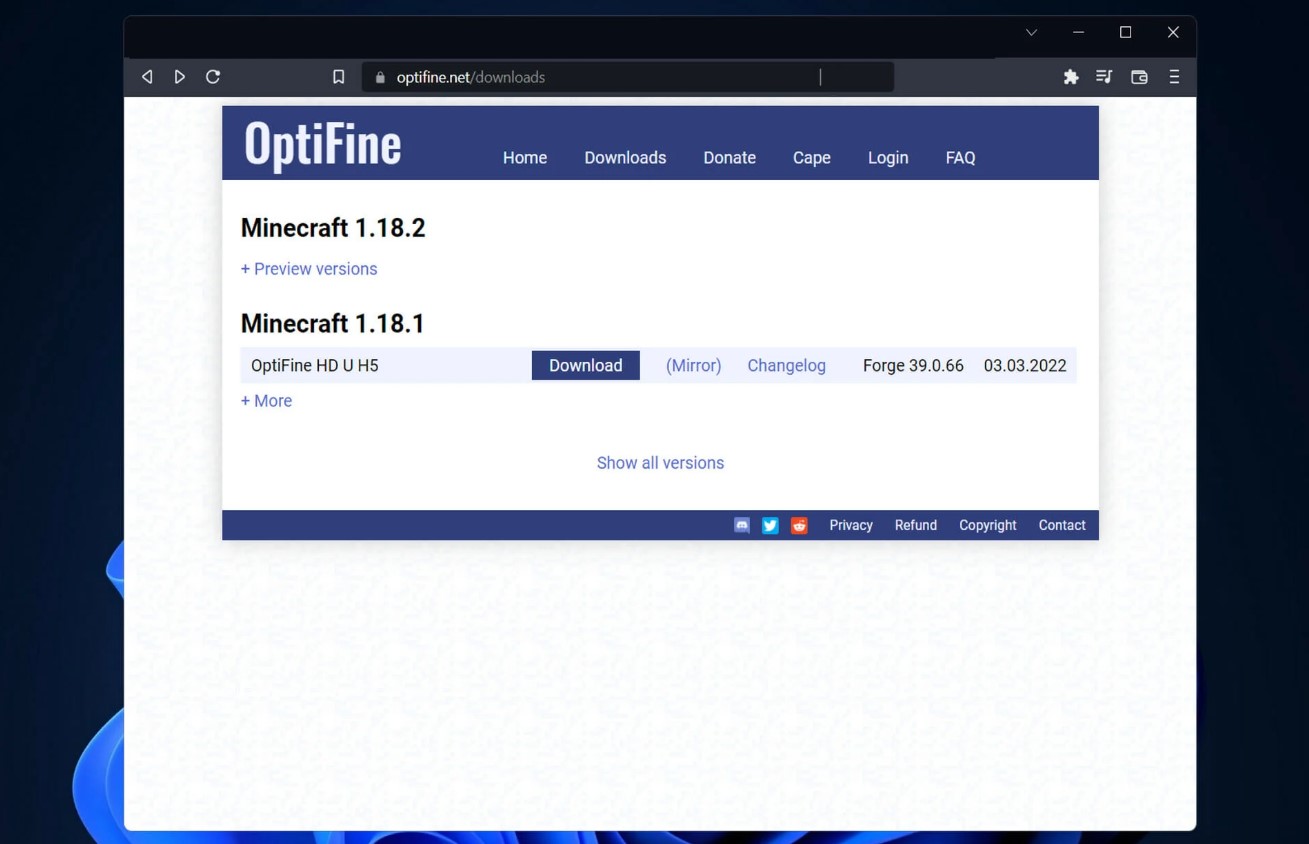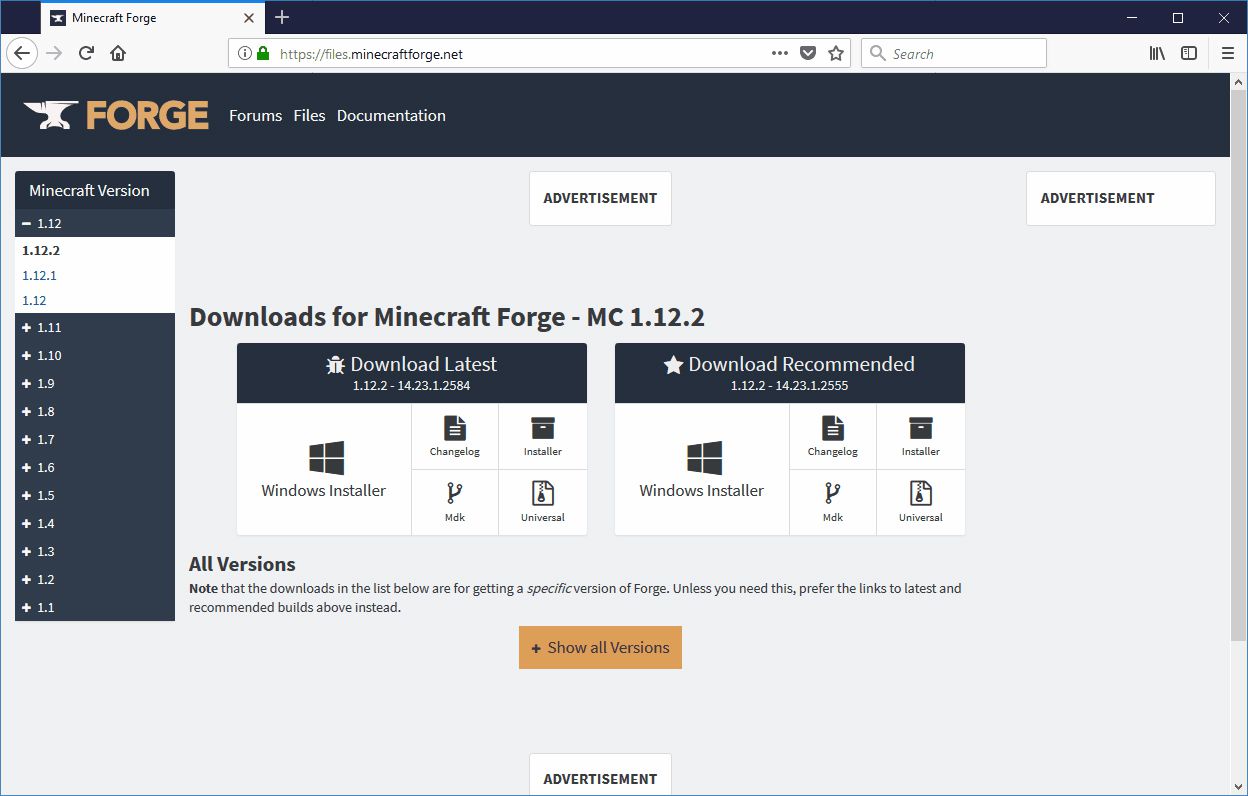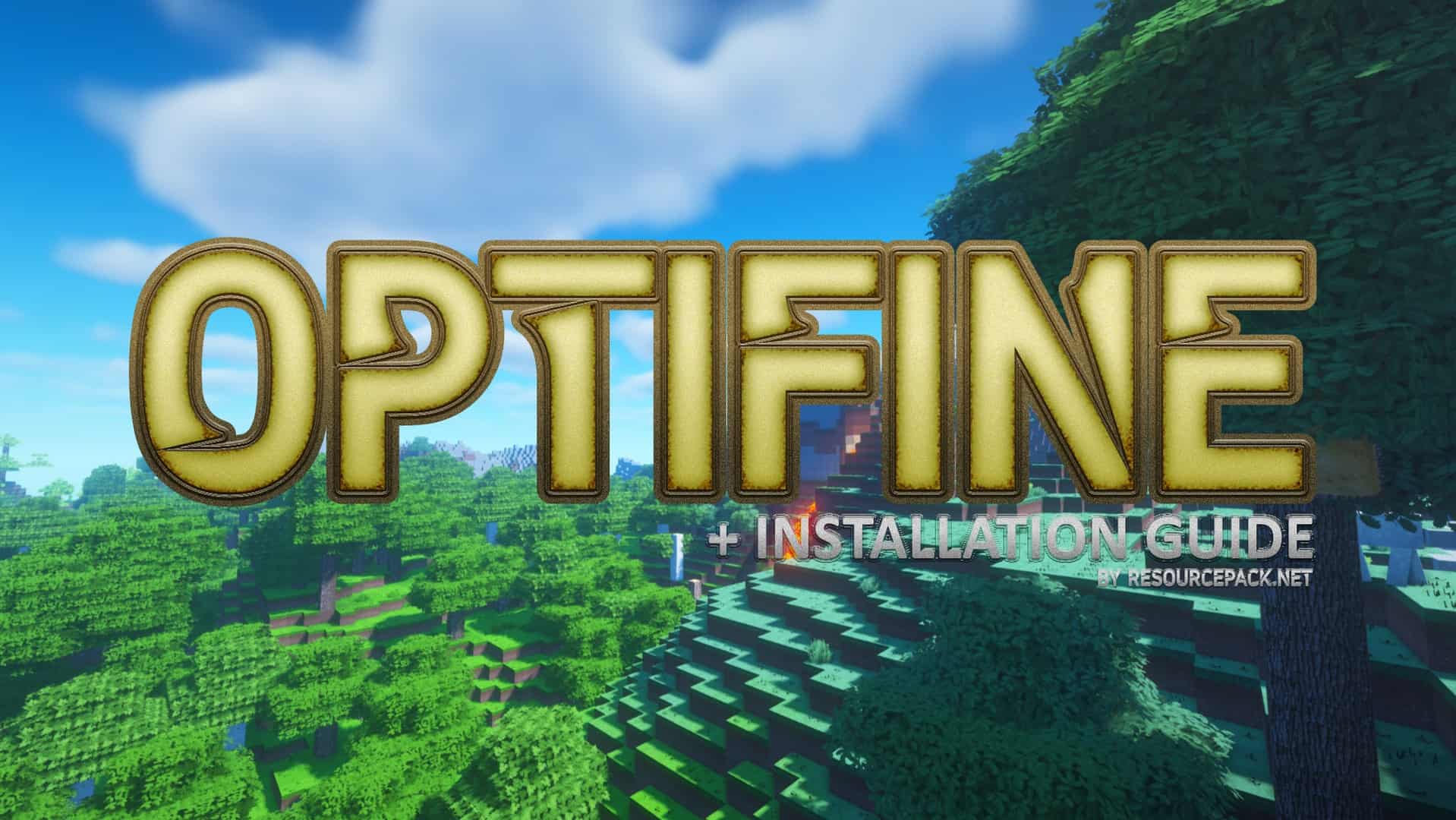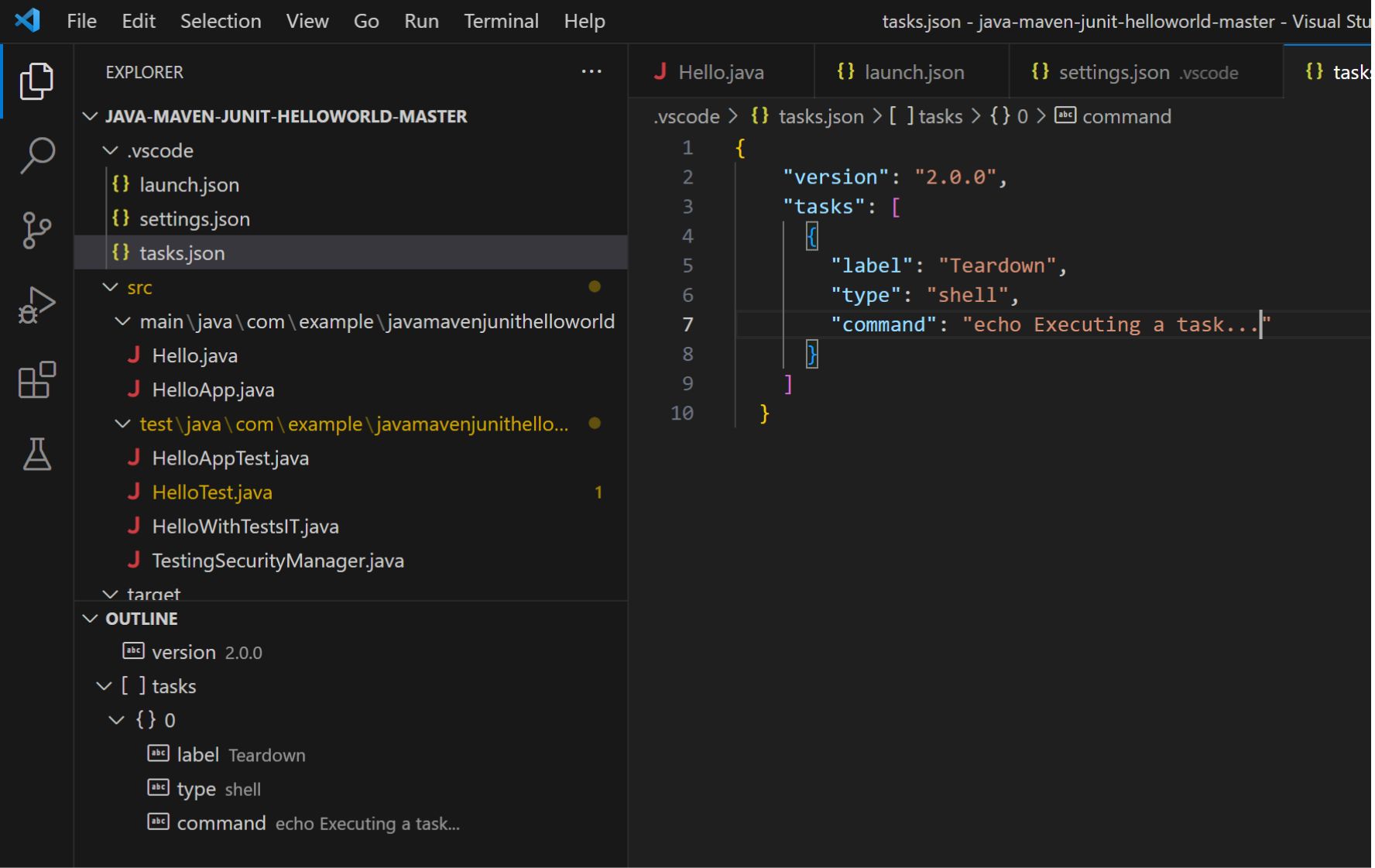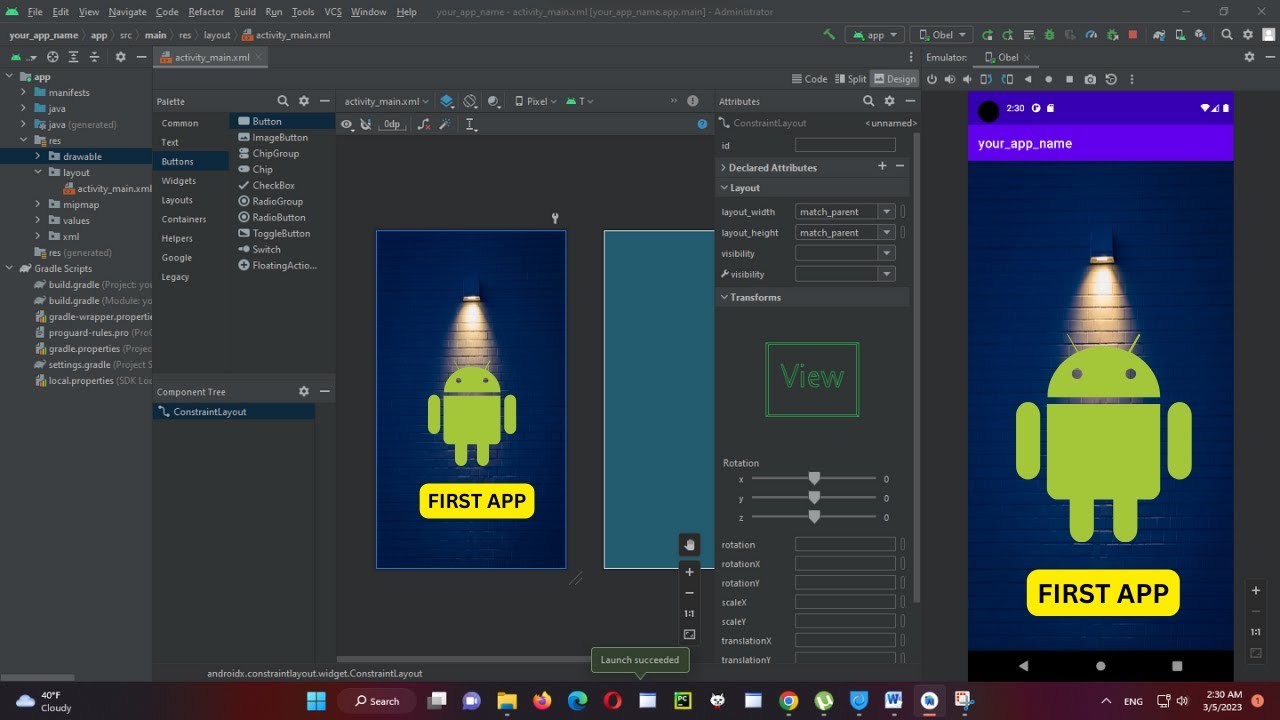Introduction
Java, one of the most popular programming languages in the world, is widely used for building robust, scalable, and secure applications. With each new release, Java brings new features and improvements to enhance development efficiency and performance. Java 11, the latest long-term support (LTS) version, comes with exciting updates and bug fixes.
If you’re eager to leverage the benefits and enhancements of Java 11, you may be wondering how to download it. In this article, we will guide you through the process of downloading Java 11 step-by-step, so you can start exploring its powerful features.
Whether you’re a software developer, a student, or an enthusiast, learning how to download Java 11 is essential to stay up-to-date with the latest Java ecosystem. By keeping your Java installation current, you can take advantage of new language features, security patches, and improved performance.
Java 11 offers several new features and improvements, including enhancements in the Java Development Kit (JDK), better performance with the Just-In-Time (JIT) compiler, and updated libraries for increased stability. Additionally, the new version provides extended support and maintenance for a more secure and reliable development environment.
In the following sections, we will guide you step-by-step on how to download Java 11 from the official Java website. By following these instructions, you’ll be able to install Java 11 on your system and start enjoying the latest Java features.
Step 1: Visit the Official Java Website
The first step to download Java 11 is to visit the official Java website. Open your preferred web browser and navigate to www.java.com.
Once you’re on the Java website, you’ll find a wealth of information about Java and its various versions. Take a moment to explore the website if you’re interested in learning more about Java and its capabilities.
Next, you need to access the download section of the Java website. Look for a prominent button or link that says “Downloads” or “Get Java.” This will usually be located at the top or in the main navigation menu of the website.
Clicking on the “Downloads” button will take you to the Java downloads page, where you can choose the version of Java you want to download.
It’s worth noting that Java offers different versions for different purposes. You may find options for Java Development Kit (JDK) downloads, Java Runtime Environment (JRE) downloads, and more. For the purposes of this guide, we will focus on downloading the JDK, which is required for development purposes.
After clicking on the “Downloads” button, you’ll be redirected to the downloads page, where you can proceed to the next step of the process.
Step 2: Choose the Java version
Once you’ve reached the Java downloads page, you’ll be presented with a variety of Java versions and options. It’s essential to choose the correct Java version based on your specific needs and requirements.
Scroll through the available options and find the section that corresponds to the version of Java you want to download. Look for the version number, which in this case is Java 11.
Java provides different download options for different operating systems, such as Windows, macOS, and Linux. Make sure to select the appropriate version for your operating system to ensure compatibility and a smooth installation process.
Remember to consider any specific requirements or dependencies you may have for your Java development. If you’re working on a project that requires a specific version or if you need additional tools or libraries, check if the Java version you’re choosing meets those requirements.
Once you’ve identified the correct version and operating system, click on the corresponding download button. The button may be labeled as “Download,” “Download JDK,” or something similar.
Upon clicking the download button, your browser will start downloading the Java installation file. Depending on your internet speed, the download may take a few moments.
Keep in mind that Java offers both 32-bit and 64-bit versions. It’s recommended to choose the appropriate version based on your operating system’s architecture. Most modern systems nowadays use 64-bit architecture, but it’s always a good idea to double-check.
Now that you’ve chosen the correct Java version and initiated the download, you’re ready to proceed to the next step of the process.
Step 3: Accept the License Agreement
After successfully downloading the Java 11 installation file, the next step is to accept the license agreement. Before the installation can proceed, you must agree to the terms and conditions set forth by Oracle, the company behind Java.
Locate the downloaded file on your computer. The file will typically have a .exe extension for Windows or a .dmg extension for macOS. Double-click on the file to initiate the installation process.
As the installation begins, you will be presented with the Java Setup Wizard. Read through the license agreement carefully to understand the usage rights, restrictions, and other important details. It’s essential to be aware of the terms you are agreeing to by installing Java.
Scroll through the license agreement and ensure that you understand and agree to the terms. Some license agreements may require you to scroll to the end of the document before you can proceed.
If you accept the license agreement, check the box or click on the “Accept” button. By doing so, you acknowledge that you have read and agreed to the terms presented in the license agreement.
If you do not agree to the terms, you will not be able to proceed with the installation. In such cases, it’s recommended to seek an alternative Java distribution that aligns with your requirements and licensing preferences.
Once you have accepted the license agreement, click on the “Next” or “Install” button to continue with the installation process. The installer will then progress to the next stage, where you can choose the installation options and customize the setup according to your needs.
After completing this step, you have successfully accepted the license agreement for Java 11 and are ready to proceed to the next step of the installation.
Step 4: Select the Appropriate Download Package
Once you have accepted the license agreement, the next step is to select the appropriate download package for your system. The Java installation process provides different options and configurations that you can choose based on your specific requirements.
During the installation, you may encounter various prompts asking you to select installation options or customize the setup. These options might include choosing the installation directory, enabling or disabling certain components, or specifying additional settings.
It’s crucial to pay attention to these prompts and make choices that align with your needs. For most users, the default installation options should be sufficient. However, if you have specific requirements or preferences, feel free to customize the installation as necessary.
In some cases, you may also be prompted to select the installation type. The available options typically include the full installation, which includes all the necessary components, or a custom installation, where you can select specific components or features to install.
If you’re not sure which options to choose, it’s generally safe to stick with the default settings. The default installation will include all the necessary components for Java 11, ensuring a complete and functional installation.
Follow the on-screen prompts and make your selections accordingly. Once you have chosen the appropriate download package and installation options, click on the “Next” or “Install” button to proceed.
The installation process will then begin, and you may need to wait for a few moments as the files are copied and configured on your system.
Once the installation is complete, you can move on to the final step of the process, where you verify the successful installation of Java 11.
Step 5: Download Java 11
After accepting the license agreement and selecting the appropriate download package and installation options, you are now ready to download Java 11 onto your system.
Click on the “Next” or “Install” button to start the installation process. The installer will begin downloading the necessary files for Java 11 onto your computer.
Depending on your internet connection speed, the download process may take a few minutes. The progress bar or indicator provided by the installer will give you an estimate of how much time is remaining.
During the download process, it’s important to ensure a stable internet connection. If the connection is interrupted or unreliable, it may affect the download speed or result in an incomplete installation.
Once the download is complete, the installer will proceed to install Java 11 on your system. This may involve extracting the downloaded files, configuring the environment variables, and setting up Java on your computer.
Again, the installation process may take a few moments depending on the speed of your computer. Be patient and avoid interrupting the installation process to ensure a successful installation of Java 11.
Once the installation is complete, the installer will notify you that Java 11 has been successfully installed on your system. You may also see an option to launch any associated tools or applications that come bundled with Java.
Congratulations! You have now successfully downloaded and installed Java 11 on your computer. You are now ready to start using the latest features and capabilities that Java 11 offers.
It’s important to periodically check for updates to Java and install any new versions or security patches that are released. Regularly updating Java will ensure that you have the latest bug fixes, performance improvements, and security enhancements.
Now that you have completed all the steps, you can begin exploring and utilizing the power of Java 11 in your development projects or other areas where Java is applicable.
Conclusion
Downloading Java 11 is a straightforward process that allows you to take advantage of the latest features, performance improvements, and security enhancements offered by this popular programming language. By following the step-by-step guide outlined in this article, you now have the knowledge and tools necessary to successfully download and install Java 11 on your system.
During the process, we covered essential steps such as visiting the official Java website, choosing the appropriate Java version, accepting the license agreement, selecting the right download package, and finally, downloading Java 11 onto your computer.
By staying up-to-date with the latest Java versions, you can benefit from improved development efficiency, enhanced performance, and increased security for your Java applications and projects. Additionally, staying current with Java updates ensures compatibility with new libraries, tools, and frameworks.
Remember to periodically check for updates and new Java versions, as these updates often come with valuable bug fixes, performance optimizations, and security patches. By keeping your Java installation current, you can create more robust and reliable applications.
Whether you’re a seasoned developer, a student, or an enthusiast, downloading and installing Java 11 is an essential step to stay on top of Java’s evolving ecosystem. With its powerful features and enhancements, Java 11 opens up new possibilities for your coding projects and allows you to leverage the full potential of the language.
Now that you have successfully downloaded Java 11, take the time to explore and familiarize yourself with its new features, libraries, and tools. Dive into the Java documentation, join online communities, and embark on your Java coding journey with confidence.
By continuously learning, practicing, and embracing the capabilities of Java 11, you can elevate your programming skills and contribute to the vast ecosystem of Java developers worldwide.
So, go ahead, start downloading Java 11, and unlock a world of possibilities in the exciting world of Java programming!







